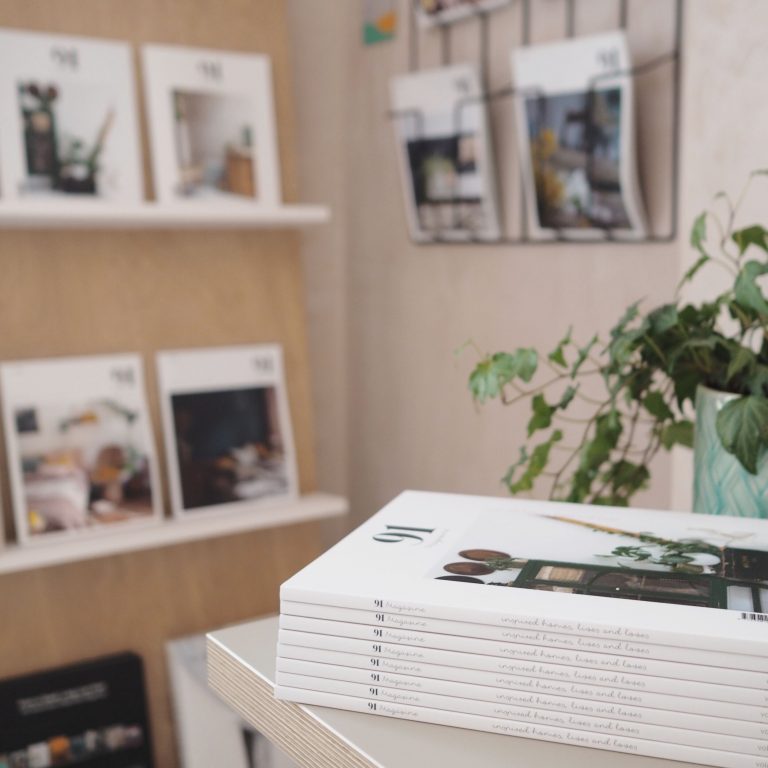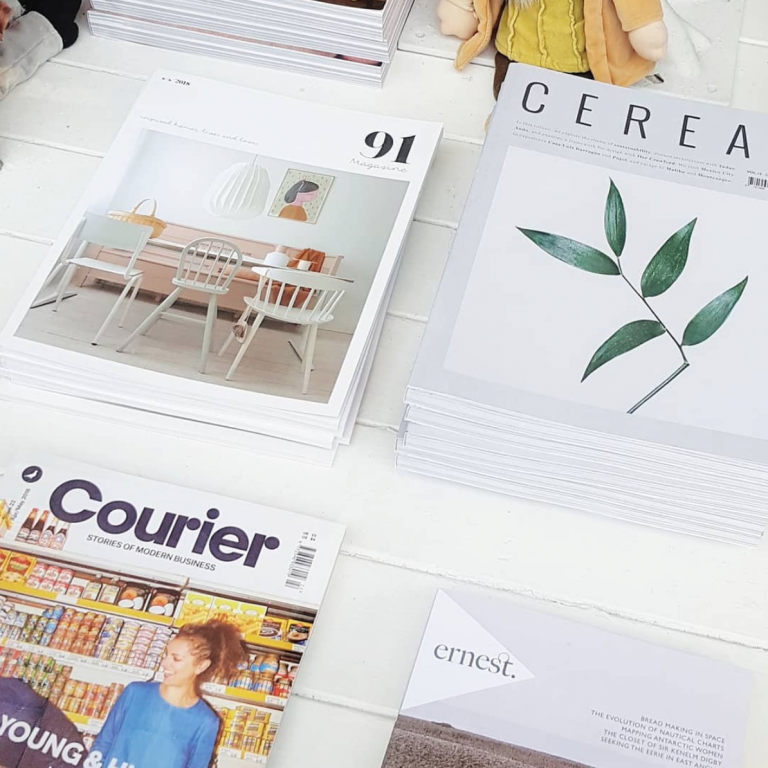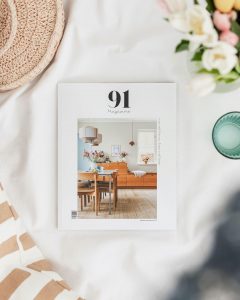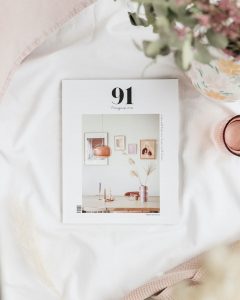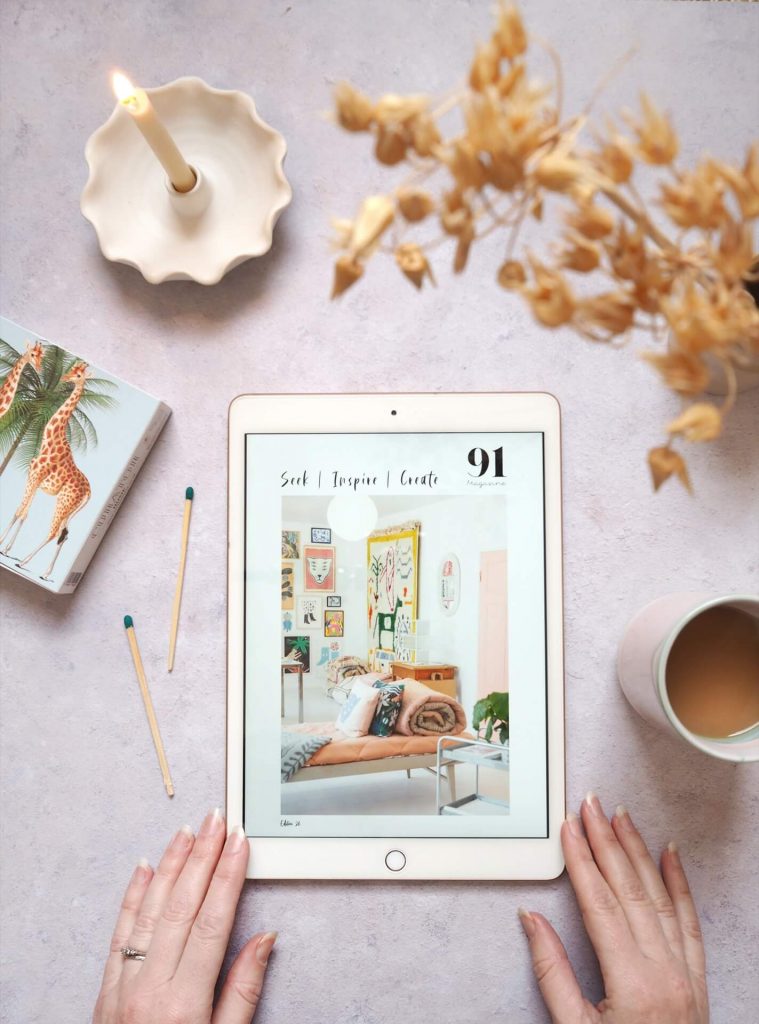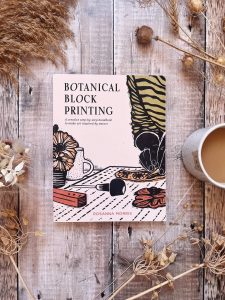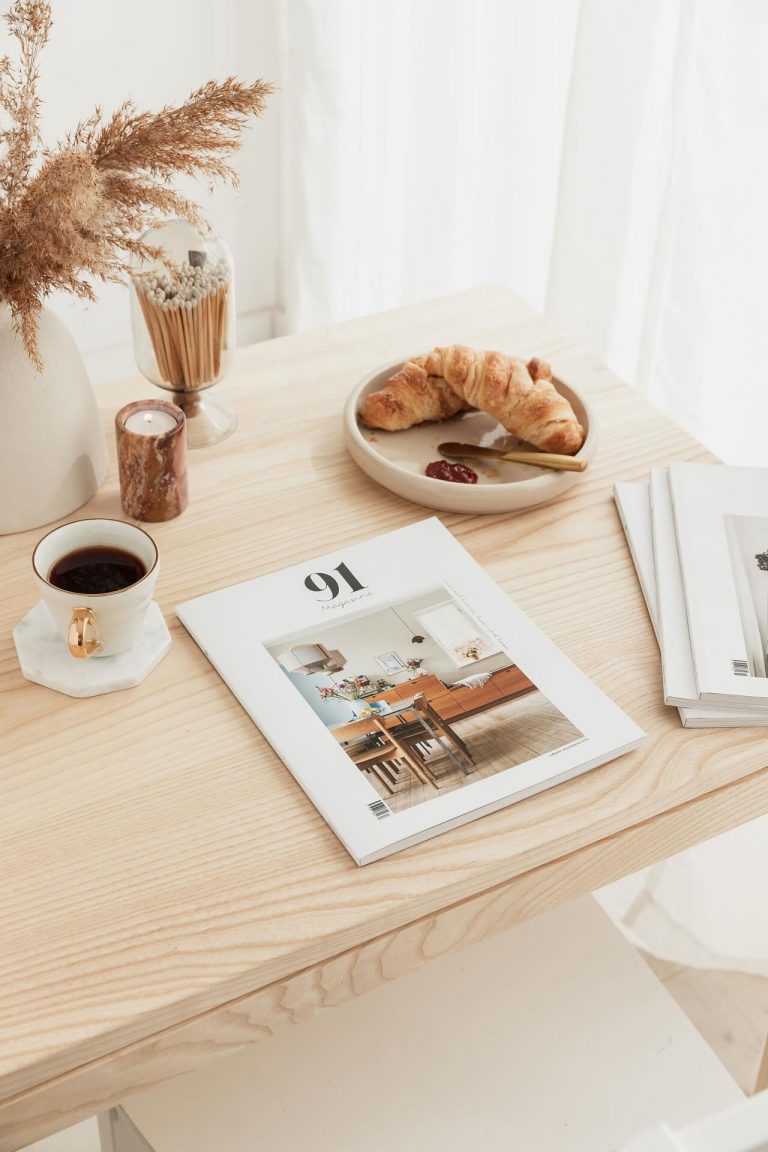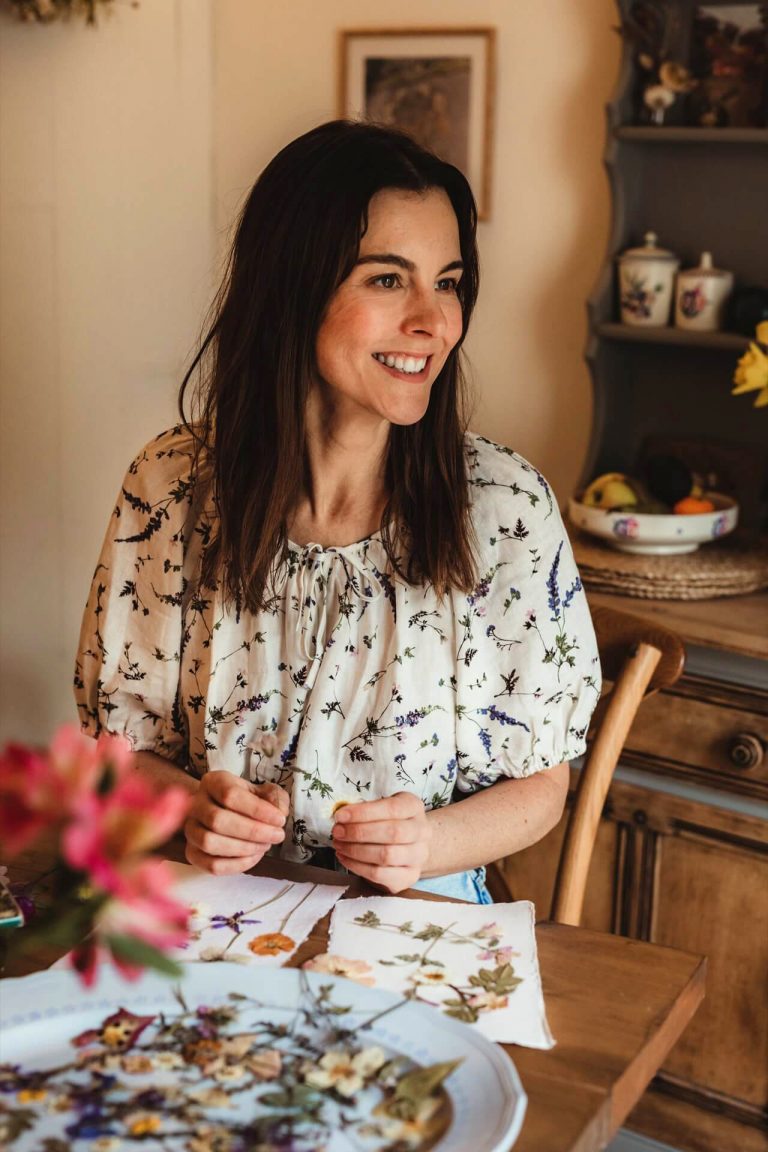Publishing an independent magazine is no easy task. From the outside, it looks fun and glamourous; a dream job, perhaps. And yes, it IS my dream job (it can be fun, but not very glamourous!) and I feel so lucky to have found my passion and followed that dream. But, it isn’t easy, and often when I chat to people about the reality of it, they are unaware of how it all works – the time, the costs, the challenges. So, I thought I’d share with you a little about the ins and outs of running an independent publication, I hope this may be a series of posts, but ideally I’d love to hear what you would like to know, so do leave me a comment so I can steer the content to what is most of interest…
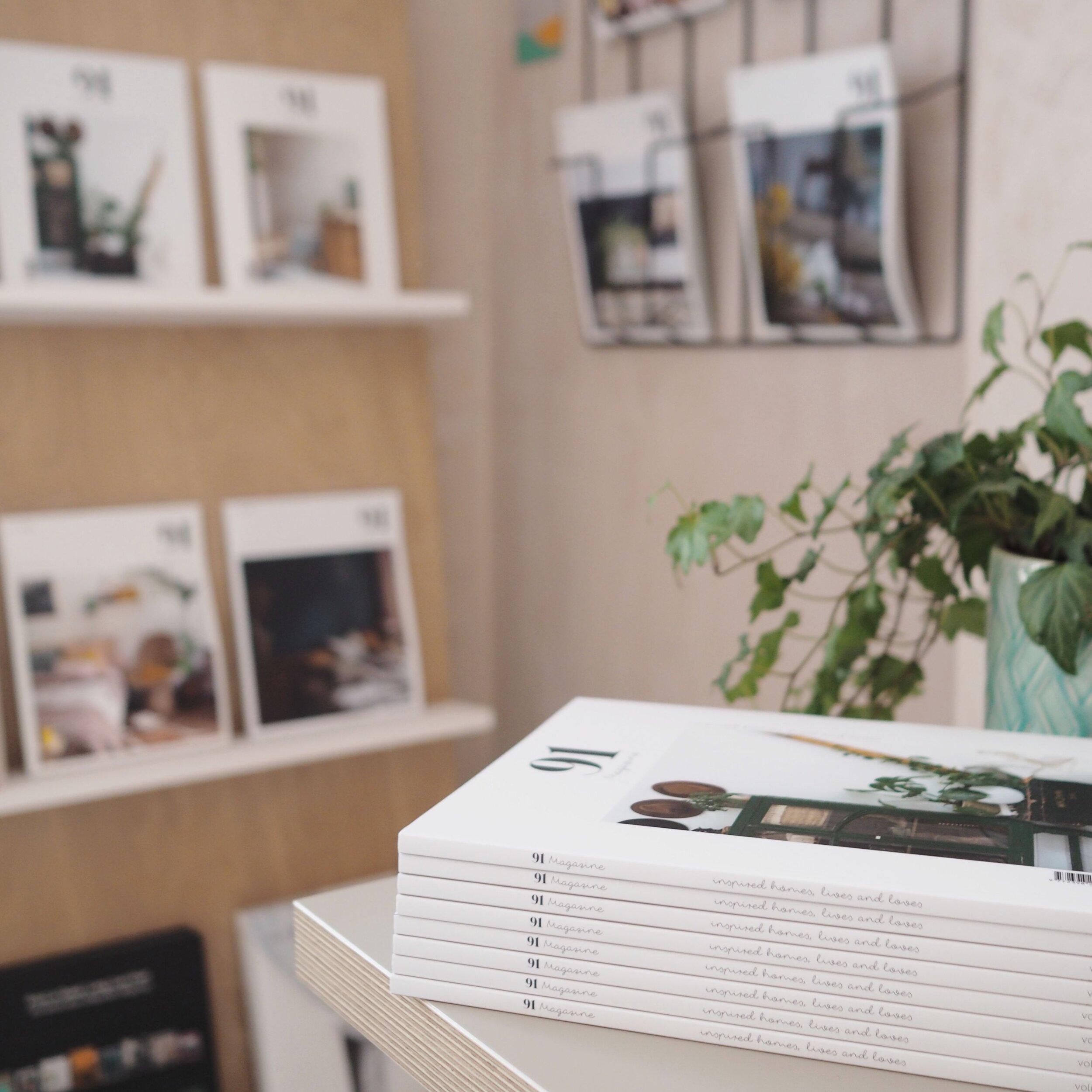
First up, I’m talking about costs. One of the things that amazed me when we took the magazine into print, is the number of people that assume a magazine is free. When we ran a pop up event at West Elm in 2016, many customers came into the store, casually lifted a magazine and walked off, hugging it to their chest. Awkwardly, I had to skip after them and explain that in fact it wasn’t free and that they’d need to pay for it. This was embarrassing for both parties, and more often than not, the person quickly threw the magazine down and scuttled off. I have had similar experiences at markets and pop up’s and have even heard from one of our stockists that it has happened in their shop! Yes, there are of course free publications out there, but every magazine has a different business model, and the free ones are generally funded solely by advertising. For a magazine like 91 (and many other indie titles), advertising is limited – we want the ads we do have to be great quality and relevant to our readers – so we therefore have to have other ways of creating revenue. The fact that sometimes people can assume a beautifully produced magazine is free and is a throwaway commodity is difficult to stomach, as the reality of producing a magazine is that it is actually pretty costly. Nobody would go into a shop, lift a book and walk out with it, so why do it with magazines?!
Ironically, when I first launched 91 Magazine in 2011, it was free to read. I have often considered if this was a mistake, fuelling the idea that carefully crafted content should be available for free. But, the truth is, back then it was an online magazine, and it was (and still is, to an extent) almost impossible to get people to pay for online content. So, in that sense, making the magazine free at that point was sensible in that it helped us to grow a readership, and being online meant production costs were low. At that point, it was very much a side hustle for me, so simply the act of beginning to build a brand was the most important aspect of what I was doing. (although I didn’t really realise all of this at the time!)
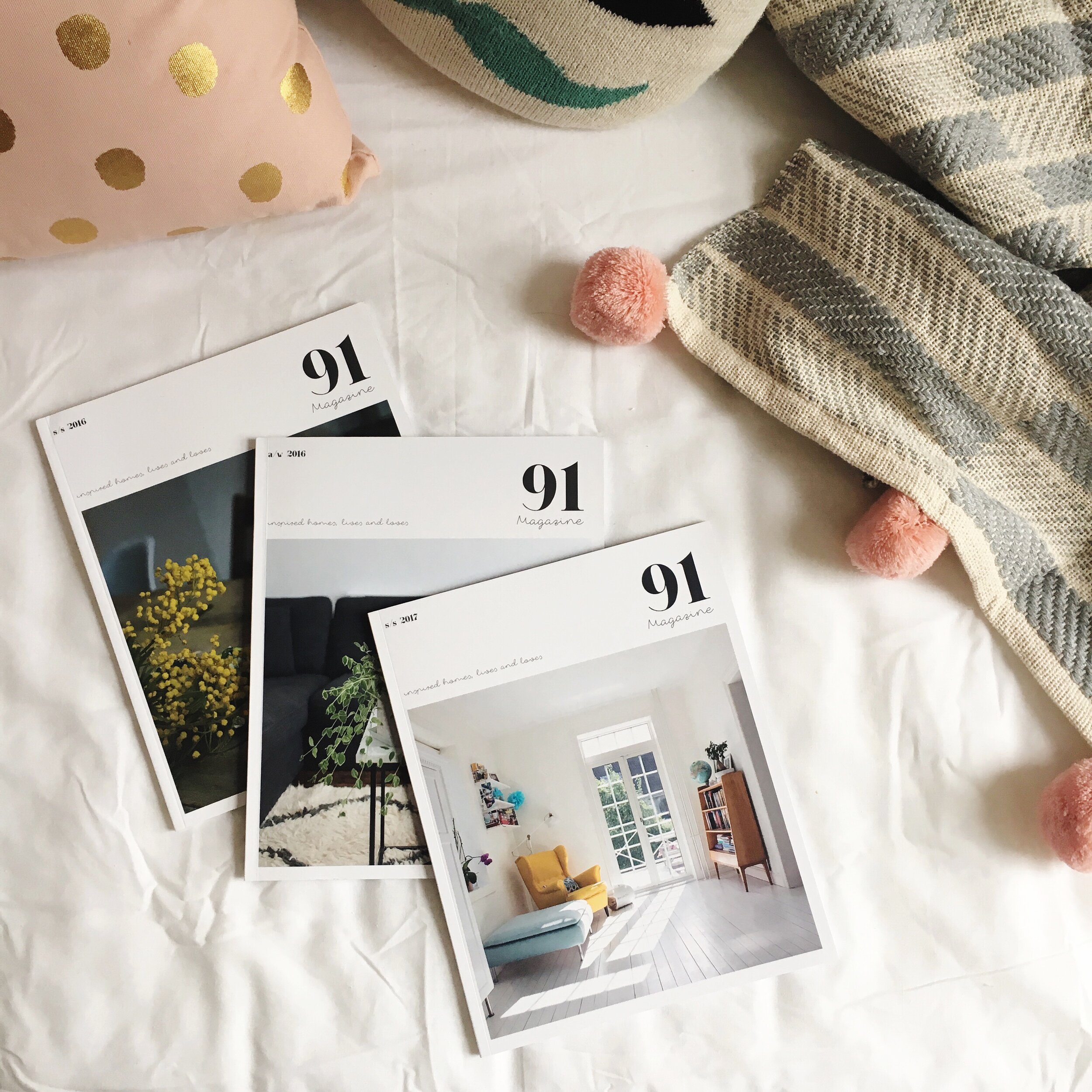
Two years in, and I took voluntary redundancy from my day job, and realisation slowly started to sink in that if I was to continue with this project, I needed to find a way to make it into a viable business. It took me a few years to make this happen due to personal and professional circumstances – I got married, had a baby and also wrote a book – but in 2016, the dream of having the magazine in print finally came true.
Despite having worked in media and publishing for around ten years, I was taking a leap into the unknown in terms of things like printing and distribution. As someone who is pretty cautious when it comes to money, I decided against taking out a loan or looking for investors and decided the best way was to build things slowly. The first print run was small, so only cost a few thousand pounds, and the way it was funded was through pre-orders, ad sales and retail orders which we were managing ourselves on the first issue.
From the first print issue I also put together a small team to work with me who I was able to pay a small amount to, but I’d always been keen to pay contributors too, so by the second print issue I was happy to be able to factor this into the budget, although still not as much as I’d hoped. It’s always been important to me to offer what I could in terms payment to those who contribute. I have heard recently that people have spread rumours that we don’t pay our writers and photographers, and this has saddened me. I very much value the work of our contributors, and while it took a bit of time to be in a position to pay, I am proud that we can do this in some small way, and I am hugely thankful to this community of creatives who have understood the difficulties and budget restraints. Contributor and team fees are my biggest outgoing after print costs, but I am well aware that without them there would be no magazine, so I will continue to strive to make the magazine successful so I can increase fees over time.
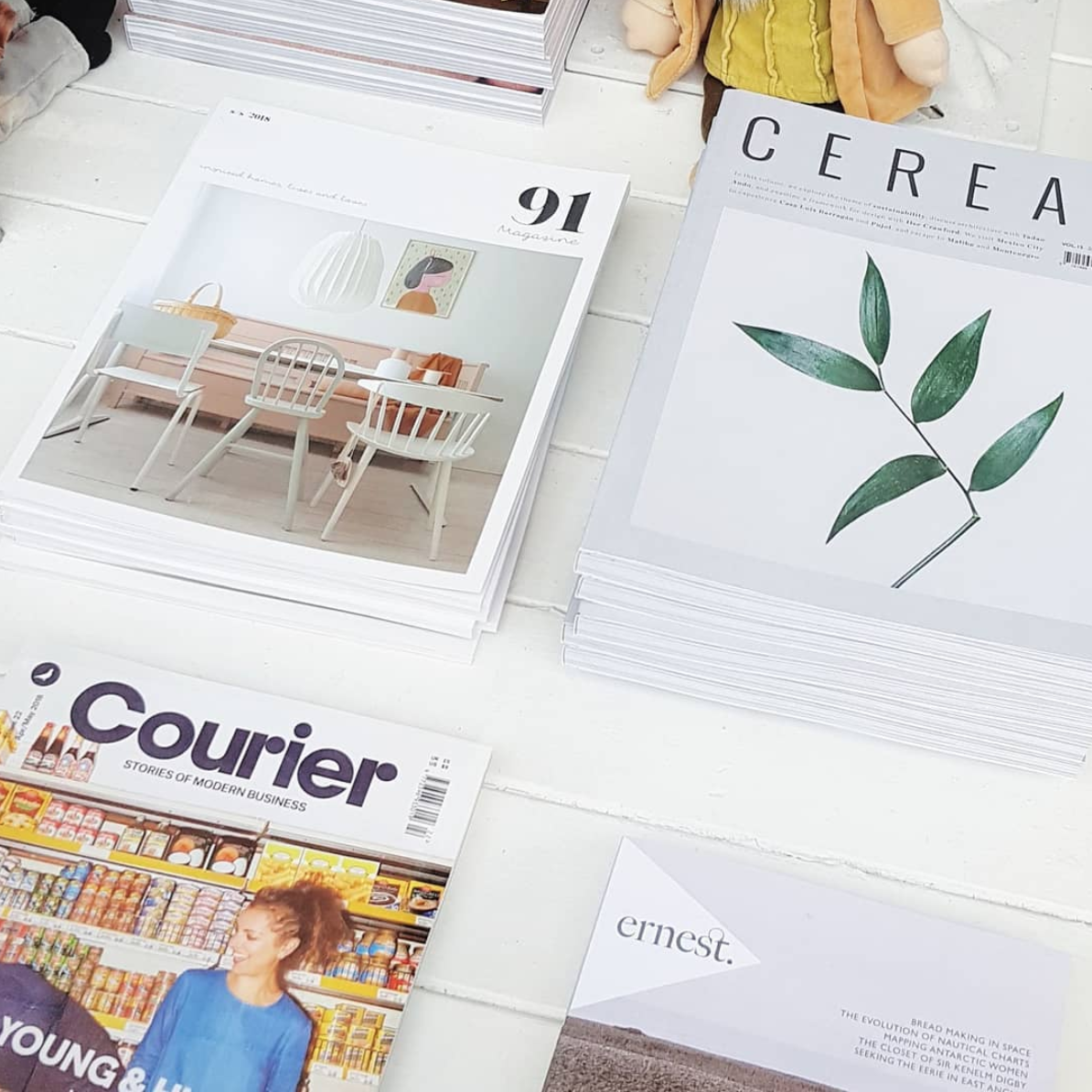
Of course, the more you try to grow a business, the more your costs increase. But realising that you can’t do everything yourself means delegating certain tasks to others, so we soon realised using a distributor to get the magazine out into more shops was kind of essential. As much as I loved having personal relationships with stockists, it was clear that packing boxes, organising deliveries and chasing invoices was not the best use of my time. Our distributors have been wonderful over the years, but of course this means the percentage of revenue is lower per copy sold as they take their cut.
To get the magazine into mainstream retailers such as WH Smith is not as clear cut as it may seem. While this may appear a marker of success, the reality is that the publisher (ie, us) are paying them to stock the magazine. I believe this is common practice in the supermarket industry (correct me if I’m wrong), where retailers charge manufacturers fees to be on their shelves, and sometimes even specific placement on those shelves. This is why we are currently only stocked in a small selection of their travel stores. Revenue from this kind of retailer is not significant and with every issue we need to review whether it is viable to keep it in there. So far, while we aren’t making a loss on it, it seems worthwhile to continue as it helps with visibility and attracting new readers, but it can be super challenging for independent publishers to be able to access this kind of store, particularly as payments are not made until around 6-8 months after the magazine was published. (if you are biannual like us). Payment is only made for the copies that are sold, so the risk lies with me as I will be funding the print run in advance knowing that there will be a percentage of magazines that are left unsold. I’m often asked why I cannot have any unsold copies returned to me, but unfortunately this is not usually an option – firstly due to return costs and also the fact that many unsold copies may be in an unsellable condition by this point. (particularly when you have a white cover like 91!)
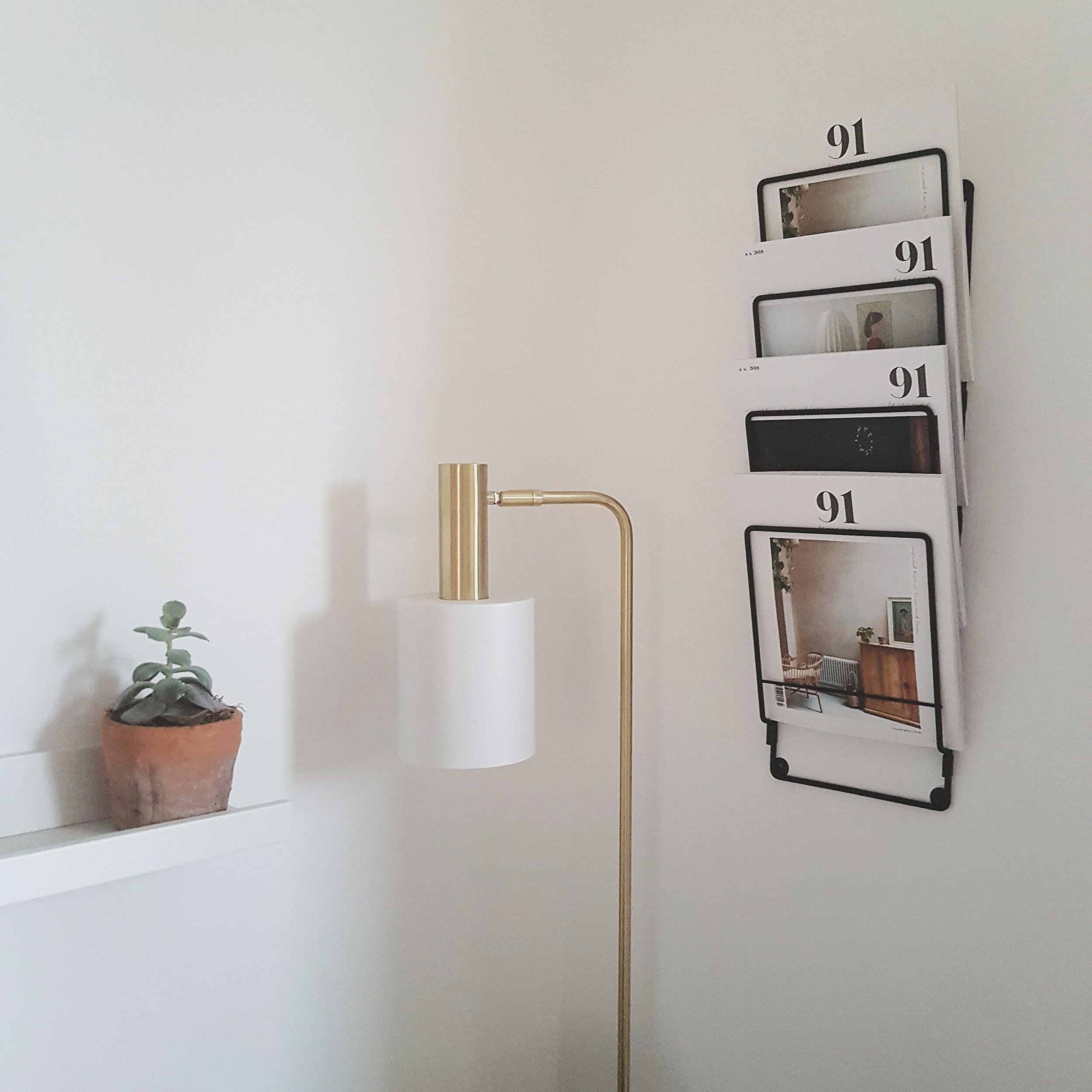
Similarly, when I made the decision earlier this year to give international distribution a go, the risk lies with me. The distributor gives me a figure of how many copies they would like to send out to retailers, which I then have to pay to print, but knowing inevitably a percentage of those magazines will never be sold, and I will only be paid for the ones that did. If you are a maker or a designer, can you imagine the thought of some of your creations eventually being destroyed as they have not sold?! It is slightly heartbreaking, but it seems it comes with the territory, so it is something I’ve had to come to terms with and understand that to have the magazine stocked in a wider selection of shops globally, this is the trade off. With international distribution, you do not receive payment until around a year after the issue published, so starting out in that process is hard because you have limited capital to fund the additional copies needed to supply these stores. The hope is that once you are in the cycle, that it will become easier, but you have to wait a year to even know if it is working for you financially.
Our print run has quadrupled since that very first issue, but this means that print costs has also increased roughly four-fold, and this always has to be paid upfront, or sometimes in instalments, but always within a month or so of the job being carried out. This means cash flow can be challenging, as you generally won’t have received distribution payments for the previous issue before the next one is going to print. This is why we rely on pre-orders and subscriptions as well as the support of advertisers.
Like any other business, we then have general overheads to factor in – subscription fees to services such as Mailchimp and Adobe Cloud, website hosts as well as fees to payment processing services such as Paypal and Stripe. And, like every business, there is risk involved, which is something I’ve found I’ve had to get to grips with. Generally, I’m not a big risk taker, but you soon discover that without taking some measured risks it will be impossible to grow your business.
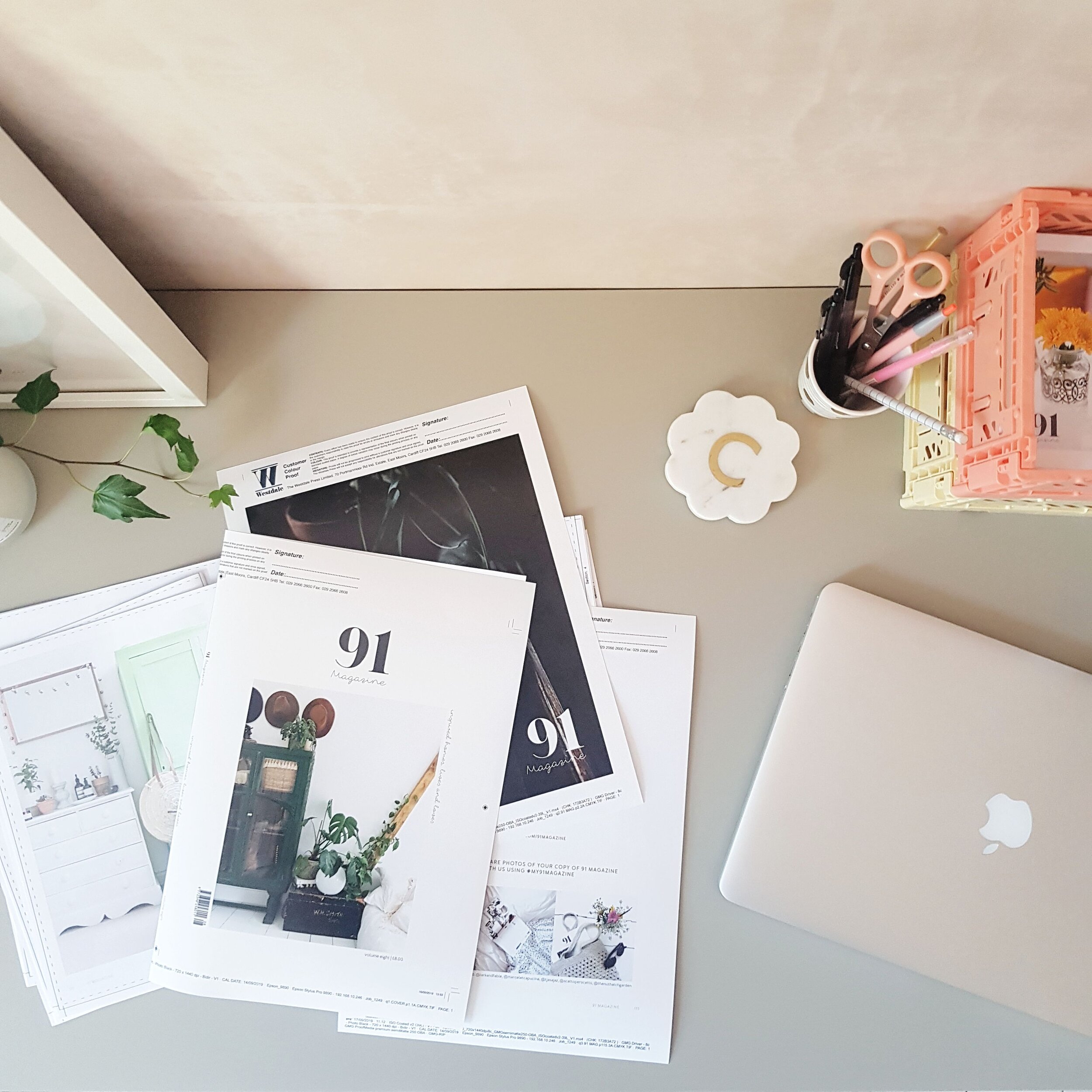
I will always remember a piece of advice given to me a few years ago by a publishing friend, who told me: ‘you will never make money just publishing a magazine.’ This has always stuck with me and been a reminder to me that selling a product with a retail price of £8 with hefty production costs does not result in a large pay check! This is why I have continued to take on some freelance work on the side (you can see more about the other work i do on my own website) and I have tried to introduce other elements to the business, including workshops and events. (we’ve just launched some creative business online workshops which I’m really excited about!)
This magazine is a passion project, my second baby; as it is for most independent publishers. But it is a costly game and this is why many will not make it past the first few issues. I feel so proud that, for now at least, 91 is continuing to grow, and that next year we will publish our 10th print issue (no. 21 if you count all the old online editions!). Who knows where the publishing industry will be in ten years time and whether we will still be around, but I hope that people will continue to appreciate the work, the time and the money that goes into the process and remember that magazines are not a free commodity, but carefully curated and crafted pieces of work that are worthy of their cover price.
